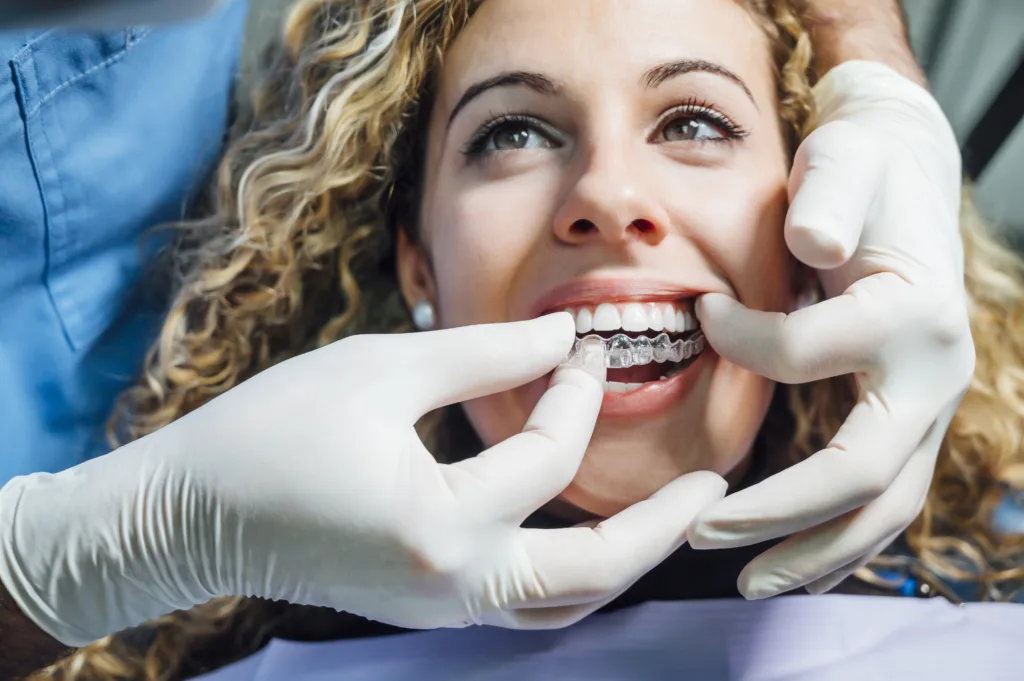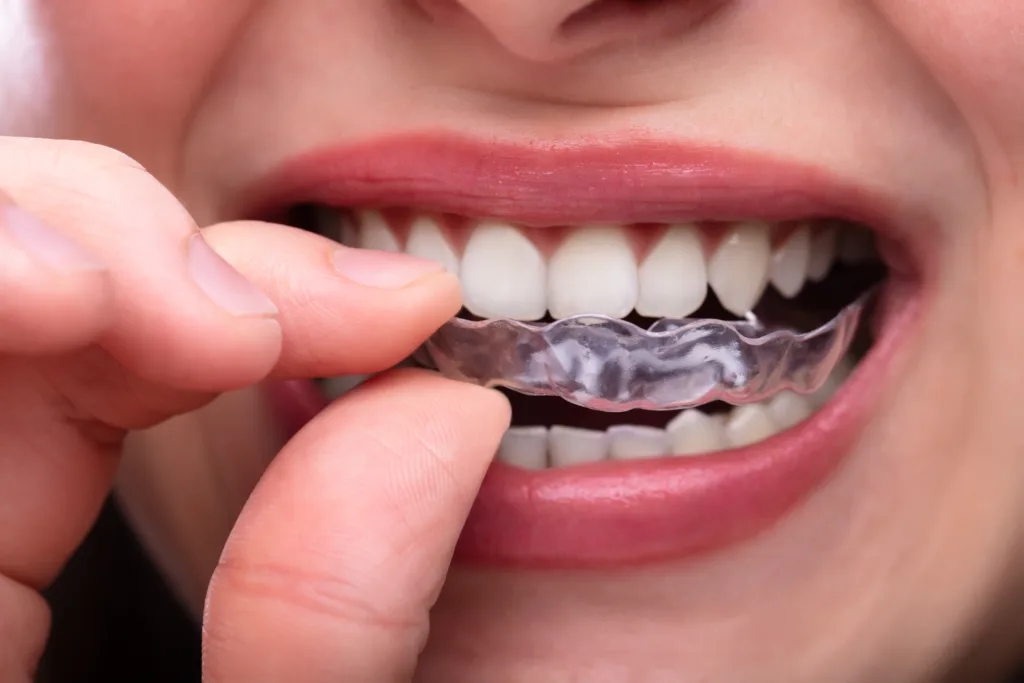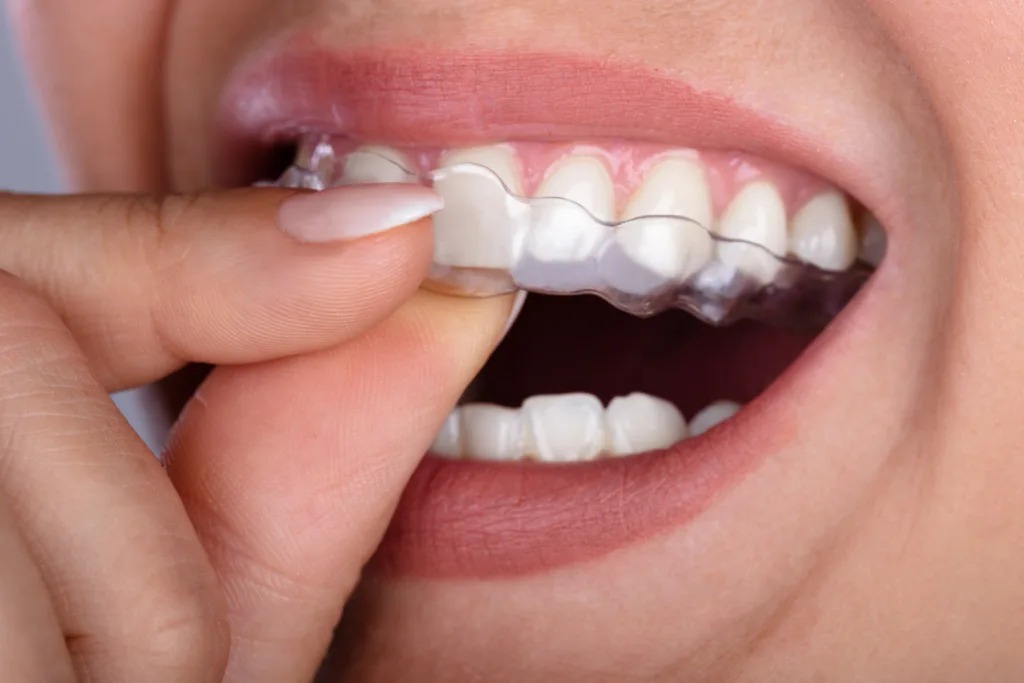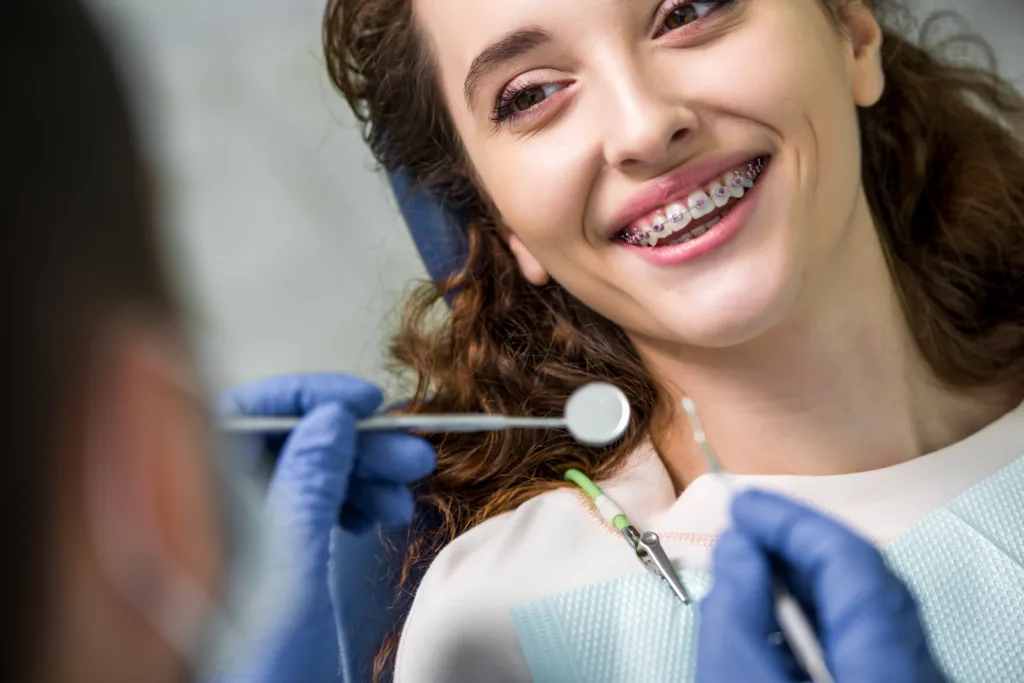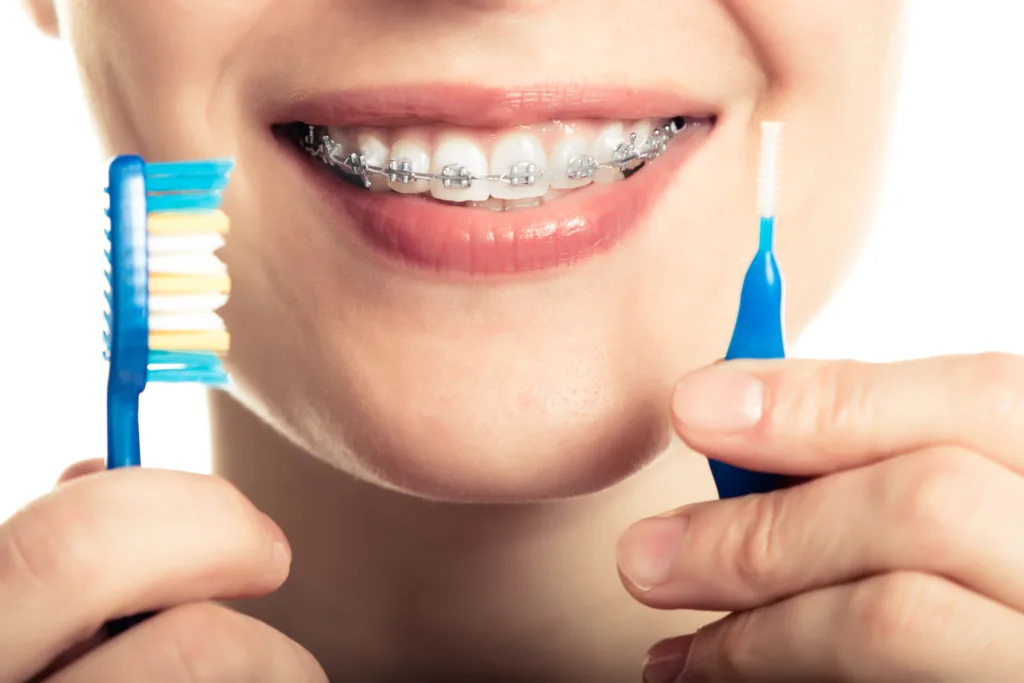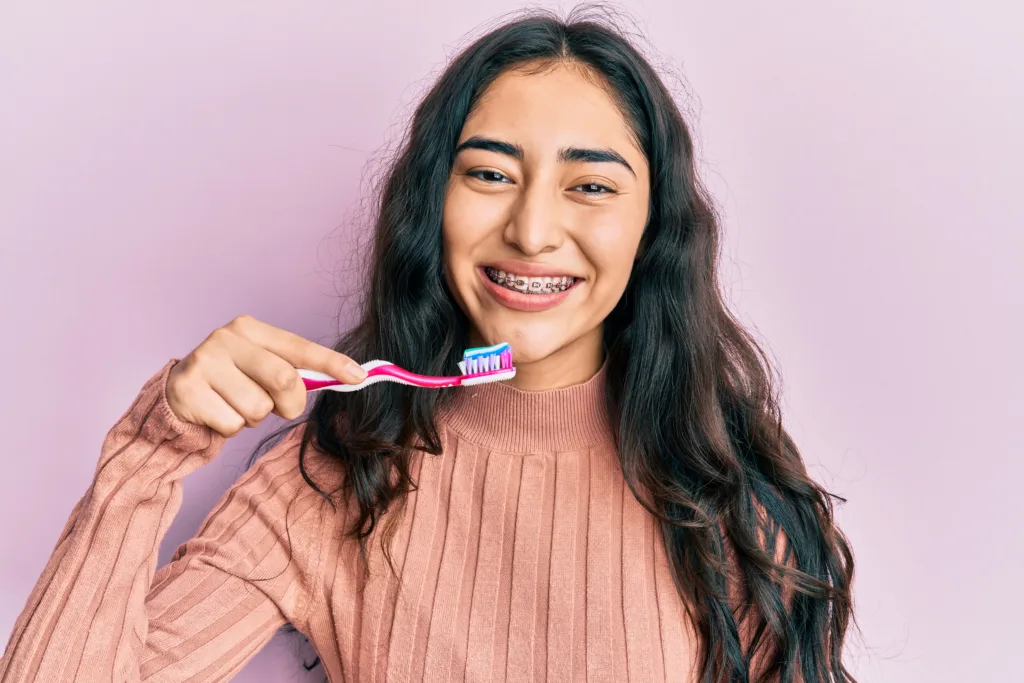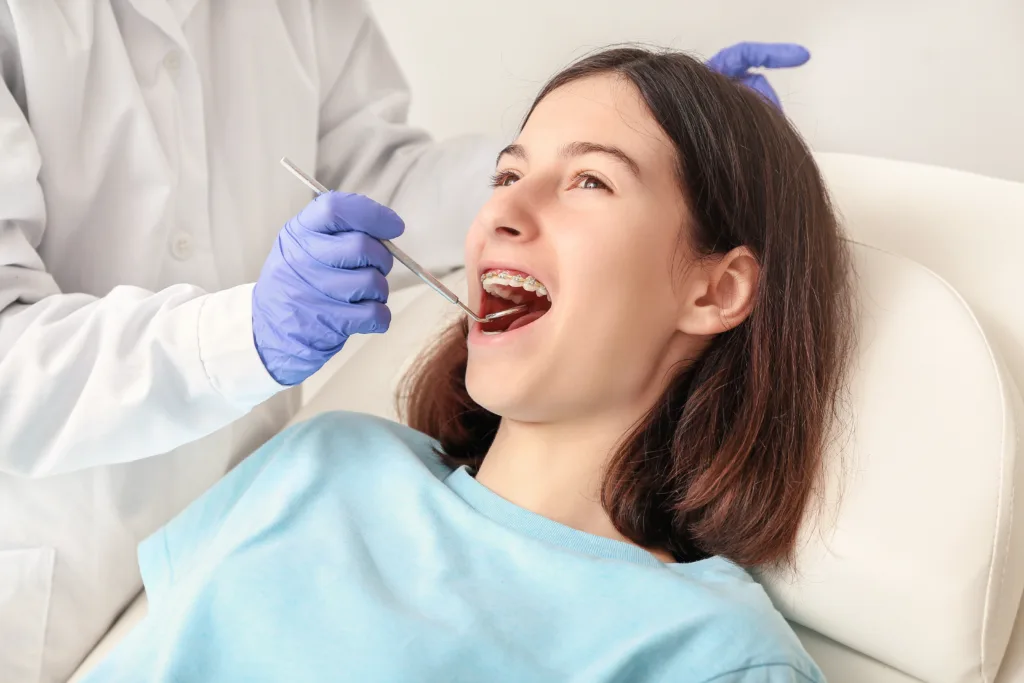
Are you considering getting braces as an adult but feeling hesitant due to various myths surrounding them? If so, you aren’t alone. Many adults have misconceptions about orthodontic treatments, leading them to overlook the benefits of seeking them. While there are several myths about adult braces, many of them aren’t true, making it important that you seek clarity before achieving a straighter, healthier smile in adulthood.
At Bailey Orthodontics, we understand how intimidating the orthodontic treatment process can be, no matter your age. But, those who are about their adult braces journey may feel especially nervous due to common myths they may have heard. If you are about to get adult braces but you’re feeling nervous, keep reading to dispel any of these concerns.
Myths about Adult Braces
If you’ve ever felt self-conscious about your smile, you have likely considered getting adult braces. However, myths may have scared you away from seeking treatment. Some of the most common myths about adult braces include:
1. Braces are Only for Teenagers
One of the most prevalent myths surrounding adult orthodontic care is that braces are exclusively for children and teenagers. While it may be true that orthodontic treatment often begins during adolescence, there is no age limit for braces. Adults of all ages can benefit from orthodontic treatment to address misalignment, improve their oral health, and enhance their smile. Whether you are in your twenties, thirties, or beyond, adult braces are a great way to invest in your oral health and increase your confidence.

2. It’s Too Late for Braces
Many adults may feel that it is too late for them to pursue orthodontic treatment. Many adults undergo braces and other orthodontic procedures to improve their smiles and overall oral health. Whether you want to improve the appearance of your smile or improve your overall oral condition, it is never too late to reach out to your orthodontic team for help. With the guidance of a skilled orthodontist, you can achieve the smile you have always dreamed of and enjoy the benefits of a healthier, more confident smile.
3. Braces Only Fix Cosmetic Concerns
While one of the benefits of seeking orthodontic treatment is the ability to achieve a straighter smile, this isn’t the only benefit of orthodontic treatment. If you experience problems associated with improperly aligned teeth, underbites, overbites, and more, orthodontic treatment is a great way to prevent them. Properly aligned teeth contribute to better oral health, improved bite function, and reduced risk of gum disease and cavities. Getting adult braces may also help alleviate jaw pain and discomfort associated with misalignment, enhancing your overall well-being.
4. Orthodontic Treatment Takes a Long Time
It isn’t uncommon for individuals to avoid orthodontic treatment because they believe it will take too long. While the duration of orthodontic treatment varies depending on individual needs and the complexity of your case, advancements in orthodontic techniques have reduced treatment times compared to what they used to be. Additionally, if you seek orthodontic treatment like Invisalign, you may be able to complete your orthodontic treatment in even less time than you expect. If you want to invest in adult braces, it is best to speak to your orthodontist about orthodontic options and expected treatment time.
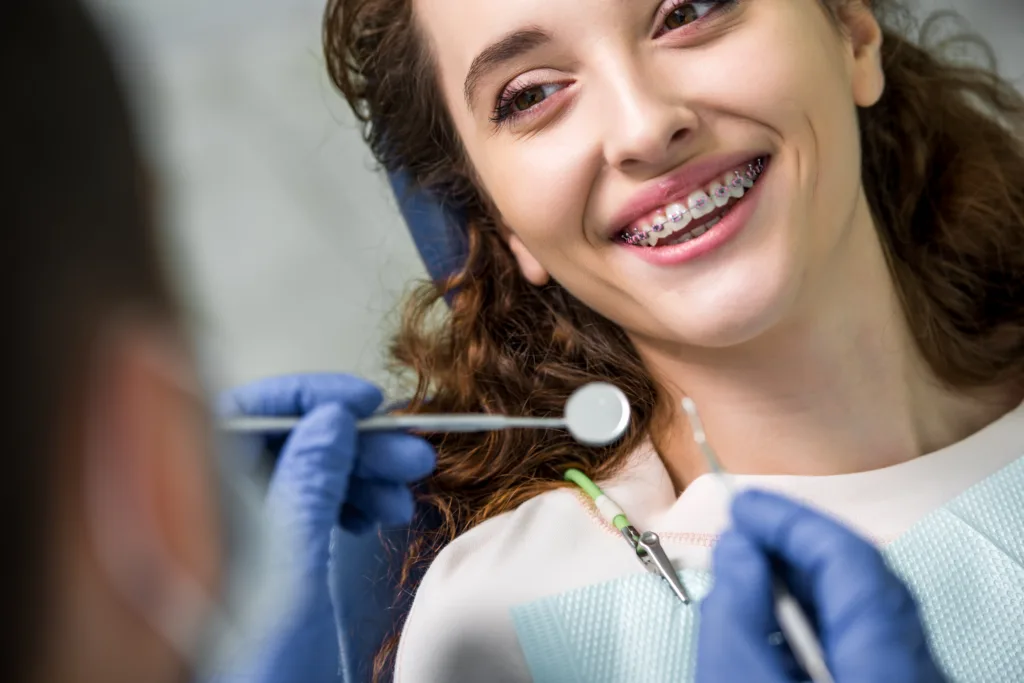
5. Braces are Really Noticeable
Many adults may be concerned about the visibility of their braces, fearing that they will detract from their appearance. However, with advancements in orthodontic technology, it is possible for you to receive a more discreet orthodontic option, like ceramic braces or clear aligners like Invisalign. These newer orthodontic options offer a less conspicuous way to straighten your teeth, allowing adults to undergo orthodontic treatment with confidence and minimal impact on their appearance. It is important that you speak to your orthodontist about these options if you’re concerned about the appearance of orthodontic devices.
6. Braces are Uncomfortable
One misconception about adult braces, and braces for all ages, is that they are uncomfortable and painful. While you may experience a minimal amount of discomfort when your mouth adjusts to the braces, modern orthodontic techniques and materials have significantly minimized discomfort. Your orthodontist can provide solutions to alleviate any discomfort you may experience throughout the treatment process, ensuring a more comfortable experience. However, if you are experiencing unexpected discomfort, you should reach out to your orthodontic team for support as soon as possible.
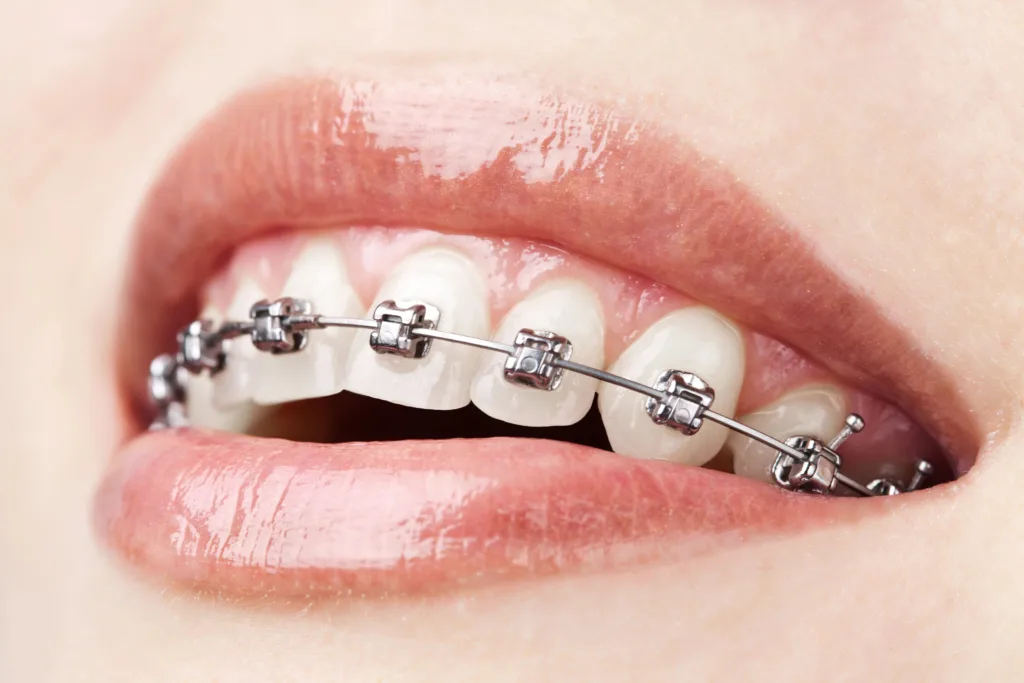
Orthodontic Treatment for Every Age
No matter what age you are, orthodontic treatment is a reliable way to improve your smile and overall oral function. If you are looking for a reliable orthodontic office to help you through your journey with adult braces, look no further than our team at Bailey Orthodontics. With years of experience helping patients across the Northern Utah area achieve the smile of their dreams, we’re confident that we can do the same for you.
Whether you are near the Bountiful or Farmington area, our team is here to answer any questions you may have. We also offer a variety of online resources to ensure you feel your best throughout the process. If you want to learn more about financing options and the services we offer, or if you’re a good candidate for adult braces, don’t hesitate to contact us today.


